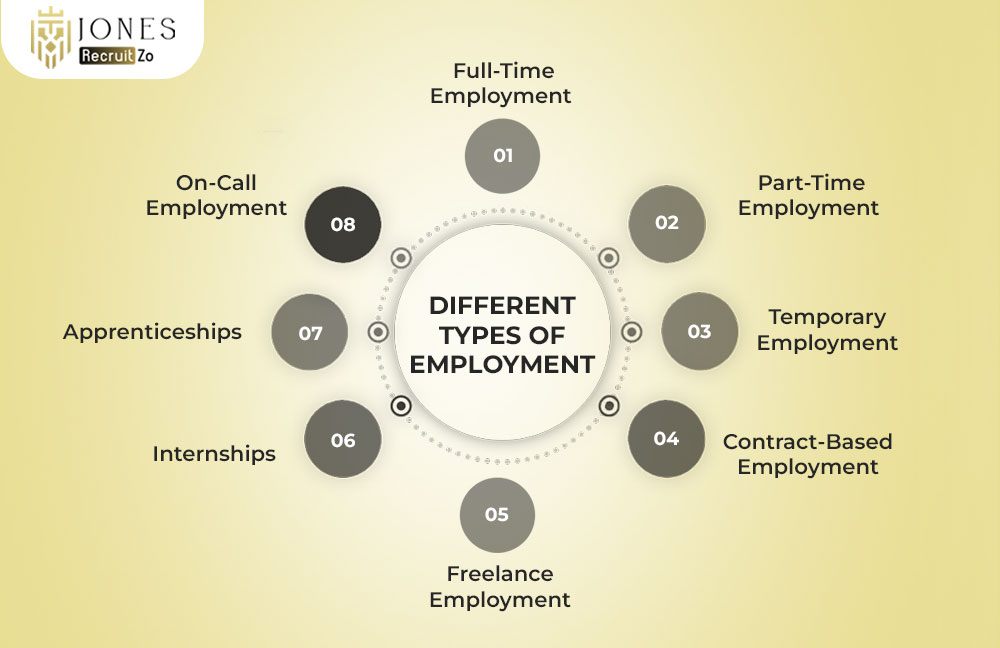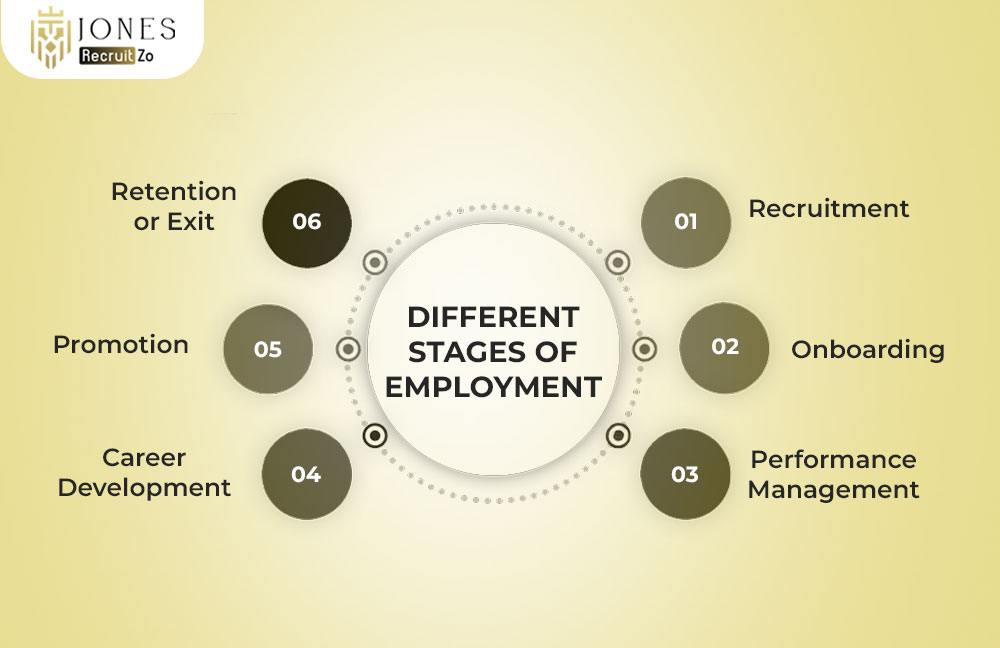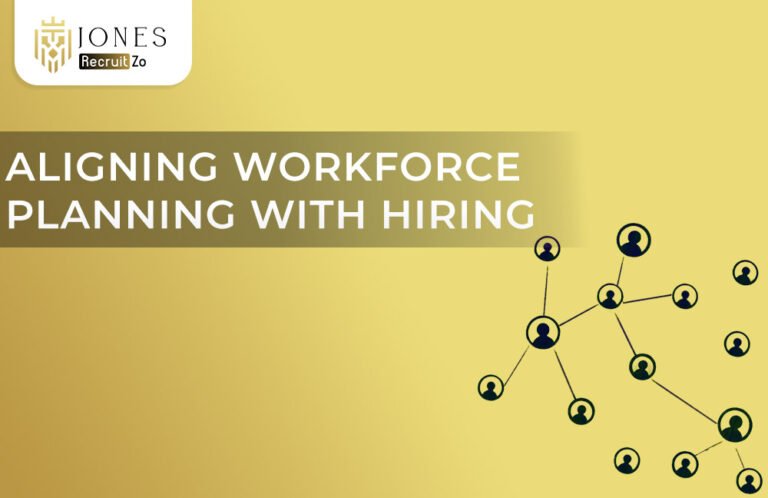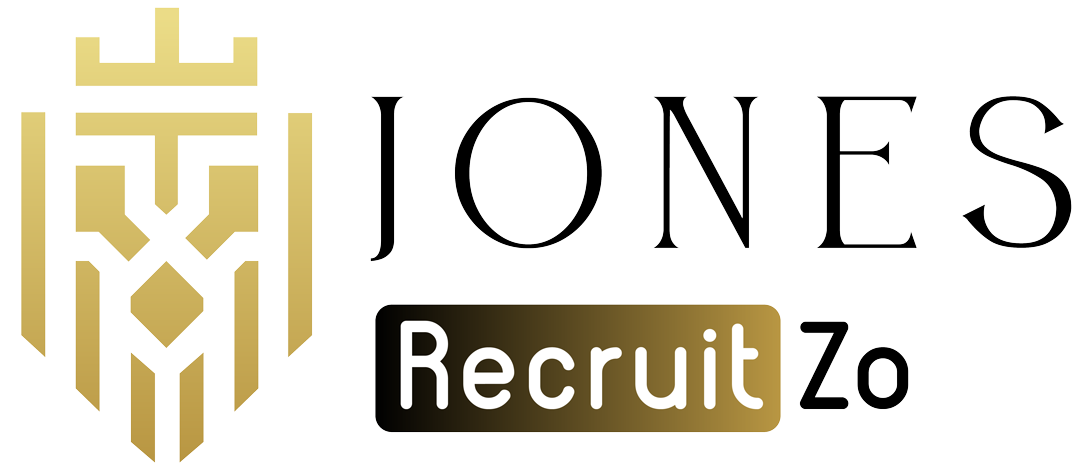What is Employment?
Employment is a mode of contract under which an individual sells their skills and time to another person. Current types of employment are multiple, such as common office types, working from home, and appurtenant types in diverse occupations.
Different Types of Employment

There are different types of employment depending on business requirements and the preference of workers. Employees may also be full-time, part-time, freelance, and many more, which enables organisations to organise workforces effectively.
Full-Time Employment
Full-time employment is usually a job that is based on a required number of work hours, which is usually within 35 or 40 hours per week. It provides a secure job with benefits and a clear career path; thus, it is one of the most unswerving forms of employment.
Part-Time Employment
Part-time work is best when performed by those wanting to be flexible. In comparison to full-time jobs, fewer working hours are needed, and thus they fit the category of people who are students, carers, or wish to obtain some supplementary income in addition to other duties.
Temporary Employment
The project-based temporary jobs are considered to have a specified end date. It is one of the forms of employment where both sides can benefit, benefiting companies and allowing them to deal with workload peaks, not having to commit to workers permanently, and giving the workers a temporary source of income.
Contract-Based Employment
Contract jobs define the terms of work completion and pay in a contract. This is classified under the various categories of employment that are applicable to the industry that needs special skills to undertake a special project, which is usually not long-term.
Freelance Employment
As opposed to being employed by an organisation, freelancers work individually and offer services on a project basis. Such a form of employment is common in such sectors as creativity and technology, where professionals and customers pay great attention to flexibility and autonomy.
Internships
Internships offer real-world industry experience to a student or young graduate. They are usually intermittent and without remuneration or underpaid, and are a facilitation to early careers in employment, providing a good experience of organisational processes.
Apprenticeships
There is a combination of both classroom and on-the-job training in the form of apprenticeships. They normally result in certification, unlike in the case of an internship, and this makes them an independent sub-section of types of employment with a systemised learning and career opportunities.
On-Call Employment
On-call employees are called up when they are needed, and they may not receive a fixed number of hours. Compared to other types of employment, this type is very flexible but does not come with a job guarantee, and this makes it ideal in some sectors, such as the health sector or the hospitality sector.
Different Stages of Employment

The various steps of employment begin with recruitment and proceed through onboarding, performance management, and development. These job entry phases secure the integration of workers, accommodate them well, and help them to become successful in the long run.
Recruitment
Recruitment comprises finding and identifying the workforce that suits different forms of employment. The process would see organisations maintain the right talent to match their requirements, whether to fulfil the present positions or for the future of growing businesses.
Onboarding
Onboarding also introduces the company to new employees on company policies, culture, and expectations. It is an important part of job transition procedures, which makes hiring new workers easier and may result in their further engagement and involvement in the working process.
Performance Management
Performance management evaluates and improves employee work contributions. It applies to all forms of employment, offering a feedback system and development opportunities to keep their employees motivated and on course with the company’s objectives.
Career Development
There are career development programs to enable ongoing learning and development. Such programs are aimed at various classes of workers, including full-time employees and contractors etc., so that no one is left behind in career development.
Promotion
Promotion is a reward given to high performers who get more responsibilities as well as more benefits. It is a vital step in the employment timeline, and it indicates the reliance and confidence that organisations have in their employees. It motivates others amid apparent promotion ladders.
Retention or Exit
The objective of retention strategies is to retain the top talent and ensure that the exit processes are transitioned without hassles. They are both significant in any form of employment category and affect organisational culture and the long-term stability of performance.
FAQs
1) What is employment?
Employment is an institutionalised relationship in which people voluntarily agree to work under organisations in exchange for wages or salary, where individuals give time, skills, and effort with the view to attaining definite business goals and objectives.
2) What are the different types of employment?
The various forms of employment are full-time, part-time, freelance, contract, temporary, intern, and apprenticeship, which give structure and flexibility according to the industry, role, and individual choice.
3) What are the stages of employment?
The life cycle of employment comprises the phases of recruitment, onboarding, performance management, career development, promotion, and retention or exit, which lead an employee through the phases of the life cycle of employment to the hiring and leading, further to the career growth or separation.
4) How to choose the right type of employment?
You also should carefully choose the form of employment, such as full-time, part-time, freelance, or contract, from which you can derive long-term satisfaction based on considerations of career objectives and lifestyle requirements, talents, and stability.















